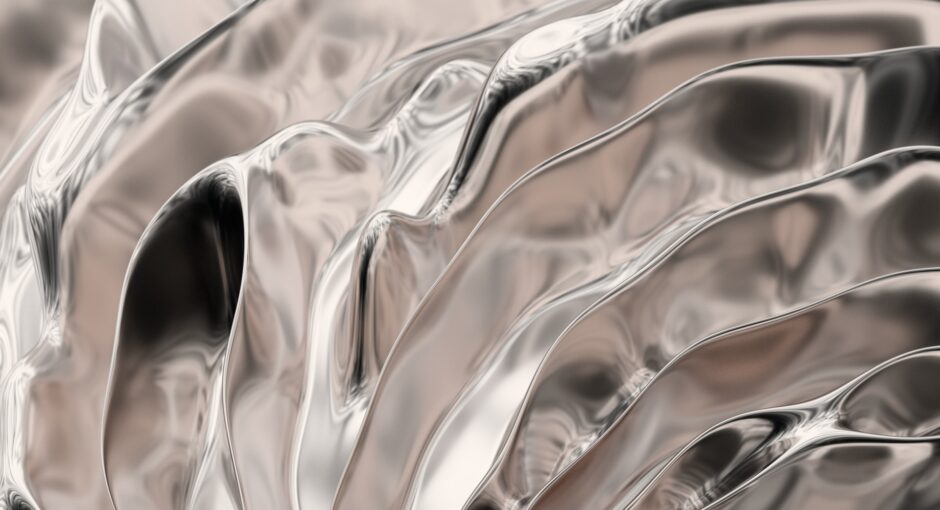Metal 3D printing has been revolutionizing industrial production for the past few decades and is continuing to do so. It is a process that uses advanced technology to create complex 3D objects in a variety of materials including metal, plastic, and composite. This process has a number of advantages over traditional manufacturing processes, including shorter lead times, lower costs, and improved product design.
What is Metal 3D Printing?
Metal 3D printing is a type of additive manufacturing process that uses a variety of metal alloys and special 3D printing technologies to create complex 3D objects. This process is also known as direct metal laser sintering (DMLS) or selective laser sintering (SLS). In this process, a laser is used to sinter, or fuse, layers of metal powder together to form a solid object.
Advantages of Metal 3D Printing
Metal 3D printing offers a number of advantages over traditional manufacturing processes, including:
- Shorter lead times – Metal 3D printing can create complex parts faster than traditional manufacturing processes, reducing lead times for parts production.
- Lower costs – Metal 3D printing can reduce the cost of production by eliminating the need for costly tooling and machining operations.
- Improved product design – Metal 3D printing can create complex shapes and designs that would otherwise be impossible to produce using traditional manufacturing methods.
- Flexibility – Metal 3D printing can be used to create a wide range of products, from small parts to large complex assemblies.
Applications of Metal 3D Printing
Metal 3D printing is being used in a variety of industries, from aerospace and automotive to medical and consumer goods. In the aerospace industry, metal 3D printing is being used to create complex parts for aircraft engines and other components. In the automotive industry, metal 3D printing is being used to produce lightweight components for high-performance vehicles. In the medical field, metal 3D printing is being used to create custom implants and prosthetics for patients. In the consumer goods industry, metal 3D printing is being used to create a variety of products, ranging from jewelry to toys.
The Future of Metal 3D Printing
Metal 3D printing is continuing to revolutionize industrial production and is only going to become more prevalent in the coming years. As the technology continues to improve, the process is becoming more cost-effective, efficient, and reliable. As a result, more and more industries are embracing metal 3D printing as a viable alternative to traditional manufacturing processes.
In the future, metal 3D printing will continue to make its mark on industrial production. Companies will be able to produce custom, one-off parts quickly and cost-effectively, allowing them to stay ahead of their competition. As the technology continues to evolve, metal 3D printing will become an even more integral part of industrial production.





